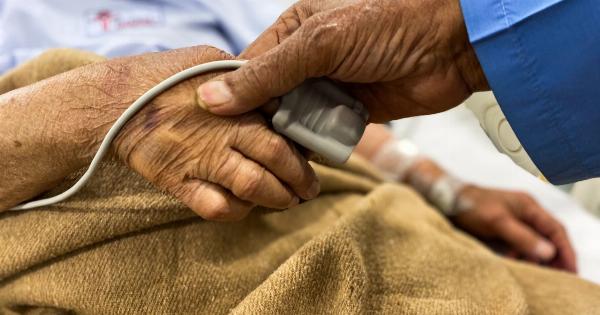Antibiotics are powerful medications that have revolutionized modern medicine, saving countless lives from bacterial infections. However, over the years, the misuse and overuse of antibiotics have become a significant public health concern.
While prescription antibiotics are carefully regulated and monitored by healthcare professionals, the availability of non-prescription antibiotics poses a serious threat to global health. This article explores the dangers associated with non-prescription antibiotics and the steps that can be taken to address this issue.
The Rise of Non-Prescription Antibiotics
In many countries around the world, the sale and purchase of antibiotics without a prescription is alarmingly common.
Non-prescription antibiotics are easily accessible in pharmacies, drugstores, and even online without any requirement for a doctor’s recommendation. This easy availability has led to widespread misuse and the emergence of antibiotic-resistant bacteria.
Self-Diagnosis and Inadequate Treatment
One of the key risks associated with non-prescription antibiotics is self-diagnosis.
When individuals have access to these medications without consulting a healthcare professional, they may misdiagnose their condition or underestimate the severity of their illness. This can lead to inadequate treatment or inappropriate use of antibiotics, ultimately contributing to the development of antibiotic resistance.
Antibiotic Resistance: A Looming Crisis
Antibiotic resistance occurs when bacteria evolve mechanisms to withstand the effects of antibiotics, rendering them ineffective in treating infections.
The misuse and overuse of antibiotics, including non-prescription antibiotics, accelerate the development of antibiotic resistance. As antibiotic-resistant bacteria spread, infections become harder to treat, leading to increased morbidity and mortality rates.
The Global Impact
The threat posed by non-prescription antibiotics is not limited to individual countries but has global ramifications. Antibiotic resistance knows no borders, and the actions of one country can impact the health of populations worldwide.
The unchecked use of non-prescription antibiotics in one region can undermine the effectiveness of antibiotics in another, making it imperative to address this issue on a global scale.
Regulatory Measures and Enforcement
To combat the threat of non-prescription antibiotics, strict regulatory measures and enforcement are crucial. Governments and health authorities should implement and enforce policies that restrict the sale of antibiotics without a prescription.
This includes strengthening regulations for pharmacies and online platforms, imposing penalties for non-compliance, and increasing surveillance of antibiotic sales to identify and prevent illegal practices.
Public Awareness and Education
Creating awareness among the general public about the dangers of non-prescription antibiotics is another essential step.
Education campaigns should emphasize the importance of seeking medical advice before taking antibiotics, promoting responsible antibiotic use, and understanding the consequences of antibiotic resistance. Empowering individuals to make informed decisions regarding their health can help curb the misuse of antibiotics.
Healthcare Provider Responsibility
Healthcare providers play a significant role in preventing the misuse of antibiotics. They should adhere to best practices, including accurate diagnosis, appropriate prescribing, and proper patient education.
It is essential for healthcare professionals to educate patients about the risks associated with non-prescription antibiotics and the importance of following their advice to ensure optimal treatment outcomes.
Research and Development
Investing in research and development is vital to combat antibiotic resistance. This includes the development of new antibiotics, alternative treatments, and innovative solutions to enhance the effectiveness of existing antibiotics.
Additionally, promoting research on antibiotic stewardship and infection prevention and control measures can help minimize the reliance on antibiotics and mitigate the threat posed by non-prescription antibiotics.
International Collaboration
Addressing the threat of non-prescription antibiotics requires collaboration between countries, international organizations, and stakeholders.
Sharing knowledge, experiences, and best practices can help harmonize efforts, strengthen regulations, and develop strategies to reduce the availability and misuse of non-prescription antibiotics globally.
Empowering Future Generations
Lastly, empowering future generations by integrating antibiotic stewardship and responsible healthcare practices into educational curricula is essential.
By instilling a sense of responsibility and understanding the global consequences of antibiotic misuse, we can create a sustainable culture of appropriate antibiotic use and combat the threat of non-prescription antibiotics.





























